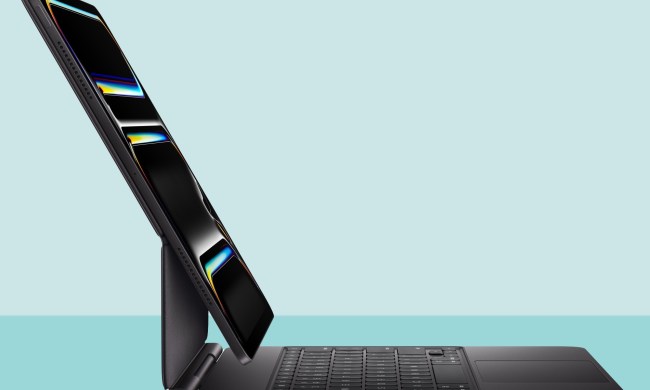
Gboard now speaks in 15 more languages. Google has added support for Croatian, Czech, Danish, Dutch, Finnish, Greek, Polish, Romanian, Swedish, Catalan, Hungarian, Malay, Russian, Latin American Spanish, and Turkish. And voice typing — the ability to dictate messages by pressing the mic button on the keyboard’s space bar — is in tow, bringing the iOS release up to par with its Android counterpart. And finally, it now includes the new emojis added as part of Apple’s iOS 10 update.
Those emojis are kind of a big deal. The new crop of wordless iconography, approved as part of the Unicode 9.9 standard earlier this year, were “beautifully redesigned” to “reveal even more detail,” Apple said at the time. More than 100, including new clowns, bacon, and other foods, animals, sports, and professions, joined the existing iOS collection.
Those aren’t not the only new features in store for Gboard users on iOS. Google’s added a way to more easily access Google Doodles, the commissioned animations that honor holidays, anniversaries, and notable people. They’re now accessible from the keyboard’s “G” search button, which will animate on the days there’s a new Doodle.
The updated Gboard’s available for free from the App Store on iTunes.
Google, which introduced Gboard in May 2016, hasn’t let it stagnate. In August, the search giant added support for five new languages (Spanish, Portuguese, German, Italian, and French) and Smart GIF, a feature that automatically suggests emoticons for certain things you type — texting “let’s party,” for example, serves up images of balloons, dancing skeletons, and other thematically relevant doodles. And in January, Google rolled out the keyboard to Google app users on Android — if you have the Google app installed, you can enable Gboard without needing to download it separately.
Privacy concerns marred Gboard’s release, but Google later clarified that words and phrases typed using Gboard weren’t passed onto the search giant’s servers.
“Gboard will remember words you type to help you with spelling or to predict searches you might be interested in, but this data is stored only on your device,” according to its support page. “This data can’t be accessed by Google or by any apps other than Gboard.”
There’s no real reason then not to take Google’s smartphone keyboard for a test drive.


